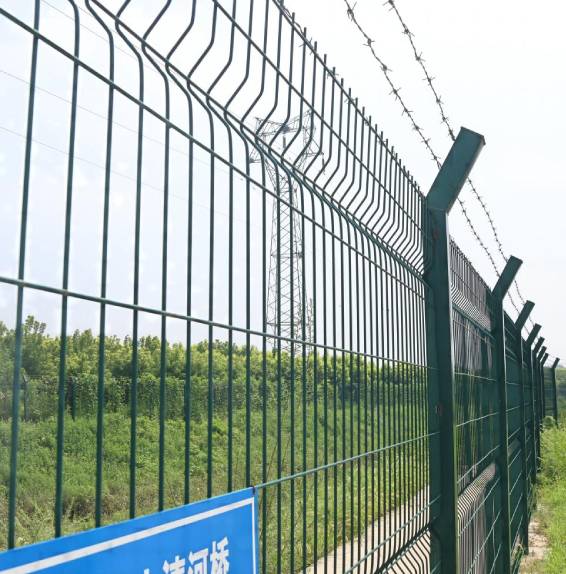Effective Solutions for Chain Link Fence Maintenance and Repair
Chain Fence Repair A Comprehensive Guide
Chain link fences are a popular choice for homeowners and businesses alike due to their affordability, durability, and versatility. However, like any other physical structure, chain link fences can suffer from damage over time due to various factors such as weather conditions, wear and tear, or accidents. Regular maintenance and timely repairs are essential to ensure your fence continues to serve its purpose effectively. In this guide, we will discuss common issues associated with chain link fences and provide step-by-step instructions for performing repairs.
Common Issues with Chain Link Fences
1. Rust and Corrosion Chain link fences are typically made of steel and are often coated with zinc to prevent rusting. However, over time, even the most well-maintained fences can experience rust spots, particularly in areas exposed to moisture and salt.
2. Loose or Damaged Sections Strong winds or impacts from vehicles can cause sections of the fence to become loose or damaged. This could compromise the security the fence provides.
3. Bent Posts Metal fence posts can bend under pressure or during severe weather, affecting the overall stability and alignment of the fence.
4. Torn Mesh The chain link mesh can become torn due to impacts or animals trying to escape or invade the area, leading to openings that render the fence ineffective.
Repairing a Chain Link Fence
Step 1 Identify the Damage
Before starting any repairs, walk along your fence and thoroughly inspect it. Take note of the specific areas that need attention, whether it’s rust, loose sections, bent posts, or torn mesh.
Step 2 Gather Your Tools and Materials
Based on your inspection, gather the necessary tools and materials for the repair. Common items include
- Wire cutters - Pliers - Replacement sections of chain link - Tension bands - Post cement (if dealing with bent posts) - Rust-resistant paint
chain fence repair

Step 3 Repairing a Torn Mesh
For minor tears, you can use wire cutters and pliers to cut out the damaged section and splice in a new piece of chain link. You will need to
1. Cut away the damaged section. 2. Measure and cut a new piece of chain link to size. 3. Attach the new section using tension wires or tie wires to secure it in place.
Step 4 Replacing a Fence Post
If a post is bent or damaged beyond repair, you will need to replace it. Here’s how
1. Dig out the old post from the ground using a post puller or shovel. 2. Place the new post in the hole and ensure it is level. 3. Fill the hole with post cement and allow it to set according to the manufacturer’s instructions. 4. Reattach the chain link fabric to the new post.
Step 5 Treating Rust
To address rust, follow these steps
1. Use a wire brush to remove loose rust from the affected area. 2. Clean the area thoroughly with soap and water, and dry it completely. 3. Apply a rust-resistant primer, followed by a touch-up paint that matches the existing fence color. This will help to prevent further corrosion.
Step 6 Regular Maintenance
After making repairs, it’s important to establish a regular maintenance schedule. Check your fence for signs of wear and tear at least twice a year. Cleaning the fence and reapplying protective coatings will significantly extend its lifespan.
Conclusion
A well-maintained chain link fence not only protects your property but also enhances its aesthetic appeal. By understanding common issues and following the appropriate repair techniques, you can ensure your fence remains strong and functional for years to come. Regular maintenance and timely repairs can save you from costly replacements and keep your property secure.
-
Successful Participation at the 137th Canton Fair in April 2025NewsApr.20,2025
-
Successful Participation at the 2025 NAHB International Builders' Show (IBS) in Las VegasNewsFeb.28,2025
-
Successful Participation at the 2025 Philippine World Building and Construction Exposition (WorldBex) in ManilaNewsMar.20,2024
-
Successful Participation at the 2024 Canton FairsNewsOct.20,2024
-
Successful Participation at the 2024 Canton FairNewsApr.20,2024
-
Successful Participation at the 2024 Philippine World Building and Construction Exposition in ManilaNewsMar.20,2024




